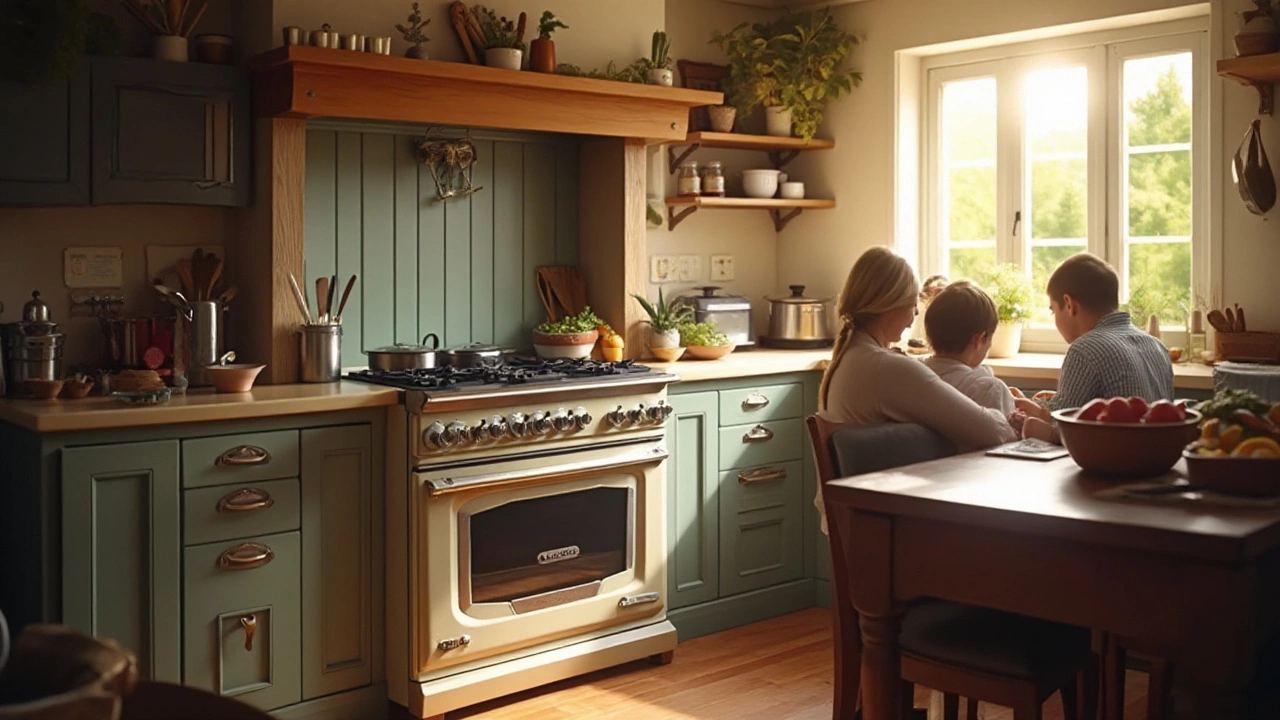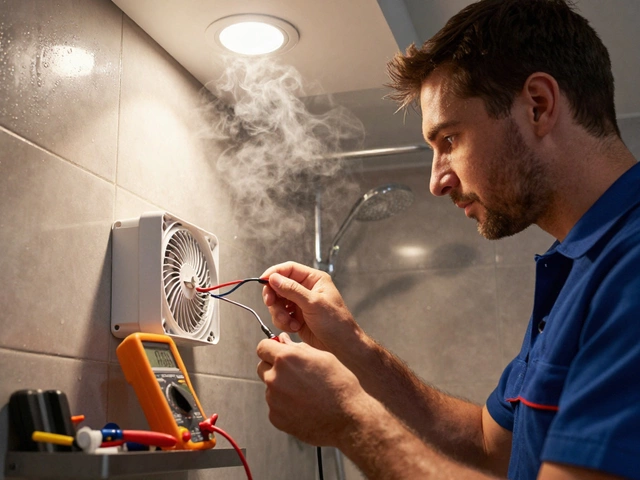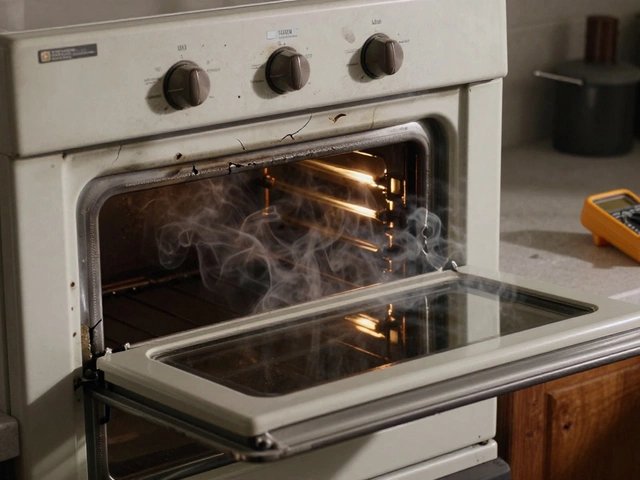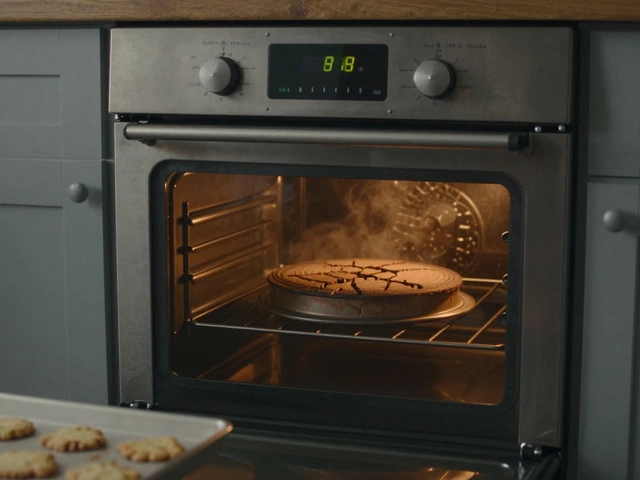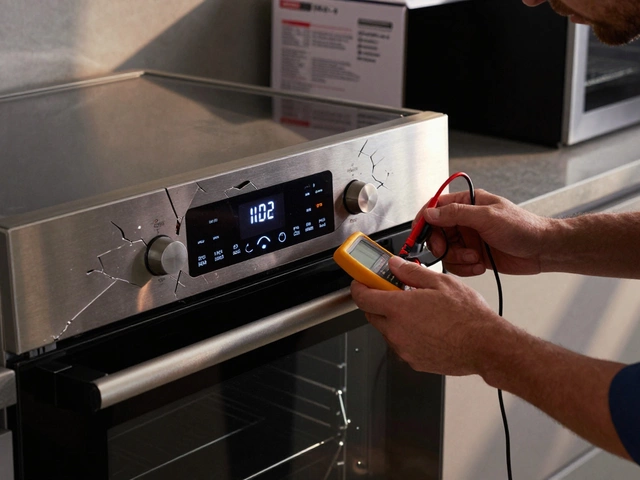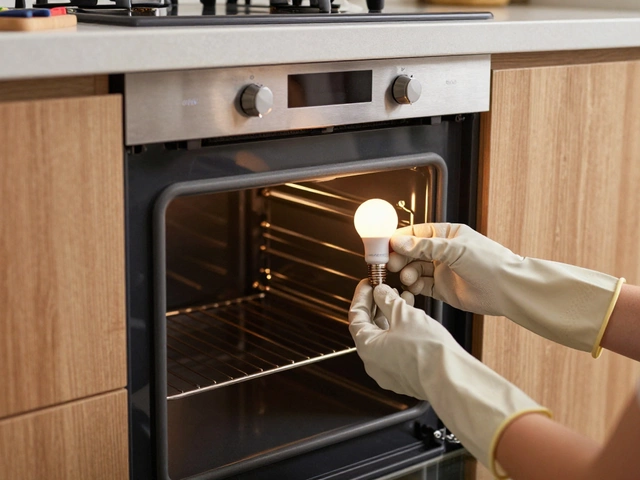Electric Stove Lifespan: What to Expect and When to Act
If you’ve ever wondered how many years a typical electric stove will keep cooking for you, you’re not alone. Most homeowners expect their stove to survive a decade or more, but the actual number can swing wildly based on use, brand, and how well you look after it. In this guide we’ll break down the main things that stretch or shorten a stove’s life, and give you clear signs that it’s time to call a pro or start shopping for a new model.
Key Factors That Affect Electric Stove Lifespan
1. Frequency of use. A family that cooks three meals a day will wear out heating elements faster than a couple who only use the stove on weekends. More cycles mean more heat stress, which gradually weakens coils and controls.
2. Quality of the appliance. Mid‑range and high‑end brands tend to use thicker, more resilient elements and better temperature sensors. Cheaper models can fail after just a few years because the parts are not built for heavy duty.
3. Power supply stability. Frequent power surges or brown‑outs can fry the electronic control board. Using a surge protector or a dedicated circuit can help keep the electronics safe.
4. Maintenance habits. Keeping the surface clean, removing food crumbs, and checking for loose connections each season can prevent small problems from becoming big ones. A cracked ceramic cooktop, for example, can let water seep into the wiring and cause corrosion.
5. Installation environment. Proper ventilation around the stove matters. If the back of the unit is boxed in, heat can build up and stress the internal components.
When to Repair vs Replace Your Stove
Most electric stove issues fall into two buckets: element problems and control board failures. If a single burner stops heating, the cost to replace an element is usually between £30‑£80. That’s a quick fix that can add a few more years to the appliance.
Control board issues are pricier. A new board can run £150‑£250, plus labor. Before you spend that money, ask yourself:
- How old is the stove? If it’s over 12‑15 years, you might be closer to the end of its useful life.
- Are other parts already showing wear? Multiple burners failing or the oven not heating correctly may signal a broader problem.
- How much would a new stove cost? Modern energy‑efficient models can be $300‑$600 cheaper to run, so the long‑term savings might outweigh a repair.
Here’s a quick decision rule: if repair costs are more than 50% of the price of a comparable new stove, it’s usually smarter to replace. Otherwise, go ahead and get the part fixed.
Lastly, keep an eye on warning signs. Flickering burners, uneven heating, strange noises, or error codes on the display all point to a problem that shouldn’t be ignored. The sooner you address them, the less likely you’ll need a full replacement later.
In short, a well‑maintained electric stove can last 10‑15 years, sometimes longer with occasional part swaps. By watching usage patterns, keeping the unit clean, and handling small repairs quickly, you’ll get the most out of your appliance before it’s time to upgrade.
21 December 2024
·
0 Comments
When it comes to kitchen appliances, understanding how long an electric stove should last is crucial for planning and budgeting. Electric stoves are built to deliver reliable performance for many years, often ranging between 13 to 15 years. However, longevity depends on maintenance, use, and sometimes luck. In this article, discover interesting facts about the lifespan of electric stoves, tips on how to prolong their life, and key indicators that reveal when it might be time for a repair.
Read more

